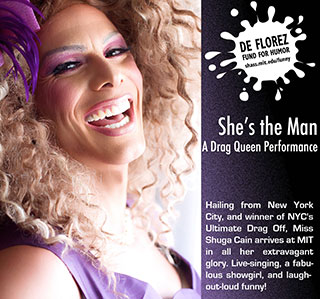Course Description
This course is designed around analyzing what’s so funny and why is it that we laugh when we do. How is comedy characterized on the fictional page, the screen, and the stage? And what might the comic teach us about the self and culture(s), especially when we come to understand its patterns of transgression as …
This course is designed around analyzing what’s so funny and why is it that we laugh when we do. How is comedy characterized on the fictional page, the screen, and the stage? And what might the comic teach us about the self and culture(s), especially when we come to understand its patterns of transgression as confounding social norms through jokes and laughter? Tracking a history of comedy, beginning with the first Greek humorists, Aristophanes and Plautus, we will traverse genres, periods and cultures to reflect on various types of humor: satire, farce, slapstick, love, tragedy, parody, and screwball.
Course Info
Instructor
Departments
Learning Resource Types
assignment
Written Assignments

Miss Shuga Cain, a drag queen from New York City, performed a benefit show at MIT in 2016. Instructor Rosa Martínez organized that event and found inspiration in Miss Shuga Cain for this course, which examines the history of comedy and how jokes and laughter can teach us about our culture and ourselves. (Image courtesy of the instructor.)










